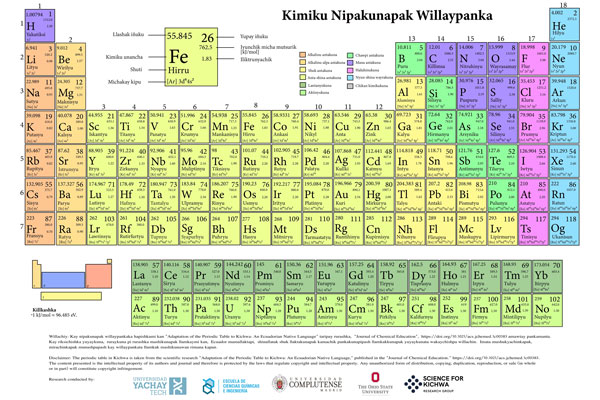Downloads: Download Article (PDF)
Within your lifetime, how information is passed along every day has changed dramatically. You can see evidence of this in your own lives. You might use digital textbooks for your classes instead of hard-copy books. Maybe you borrow e-books from the library, or read magazines online instead of buying a paper copy—if there is one.
While this digital shift can be a big money- saver, it is also promoted in some cases as an environmentally friendly one. But are digital communications really a greener way to go?
Paper perks
Paper isn’t completely without waste and pollution, but it does have some things going for it. Paper is the most recycled of all consumable products.
According to the U.S. Environmental Protection Agency, 50% of non-packaging paper, such as newspapers and books, were recycled in 2015; and 78% of paper containers and packaging were recycled that same year. Trees are renewable: We plant more trees than we use each year.
The paper industry is the fifth largest user of energy, but it has been using renewable energy sources to decrease its environmental footprint. The industry now releases about 1% of global greenhouse gas (GHG) emissions.
Data and devices
The environmental impact of personal electronic devices, such as computers, tablets, and smartphones, seems more difficult to measure. Virtual communications appear and disappear on screens constantly, and we don’t need to toss or recycle them at the end of the day. We simply delete an email or document to get rid of it—no recycling bin or truck required.
But storing and moving these many bits of information requires electricity. Data centers that help carry out these roles release an estimated 2% of global GHG emissions, according to the United Nations (UN), and these levels are expected to rise.
As for the ultimate fate of devices, the UN estimates that only 20% of discarded electronic devices such as computers, tablets, and smartphones (collectively called e-waste), are recycled. The rest mostly ends up in landfills, along with the small but precious amounts of gold, silver, and copper that are in electronic devices. When consumers upgrade and toss out their old models, some components, such as those made with arsenic and mercury, are considered toxic waste.
So, while e-textbooks and email are more affordable to users than paper versions, are they better for the environment? Given that paper and electronics are so vastly different in form and usage, comparing their environmental footprints is a big challenge, leaving the question of paper or pixel open for discussion.








